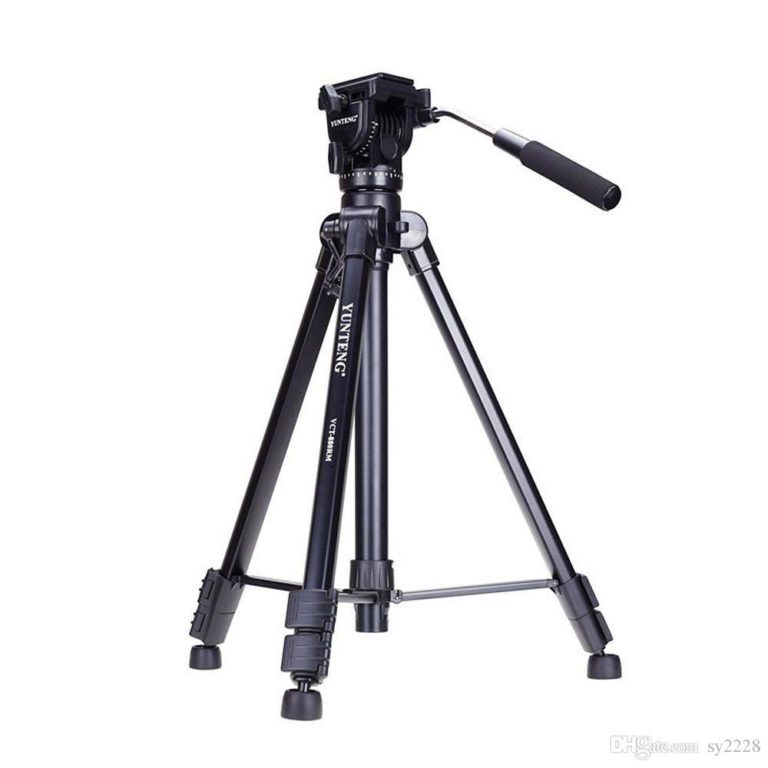Have you ever wondered how to edit 100 photos at once in Photoshop without spending hours on each image? Adobe Photoshop, a powerful and versatile image editing software, is widely used by professionals and enthusiasts alike for its advanced features. Among these, Photoshop’s batch processing capability stands out as a game-changing tool that allows users to edit multiple images simultaneously, saving time and improving workflow efficiency.
Batch editing is a transformative technique for photographers, designers, and anyone working with large sets of images. By automating repetitive tasks such as adjusting exposure, applying filters, or resizing images, batch editing ensures consistency across multiple photos in tone, color, and style. Whether you’re handling 10 or 100 images, leveraging Photoshop’s automation tools can streamline your workflow, increase productivity, and maintain high-quality results.
In this article, we will explore how to edit 100 photos at once in Photoshop, utilizing its automation tools and techniques to efficiently process large photo sets with ease.
How to Prepare for Batch Editing?
Organize photos in a single folder
Before starting batch editing in Photoshop, it’s essential to organize your photos for a smooth and efficient workflow. Begin by gathering all the images you want to edit and placing them in a single folder. This step ensures that Photoshop can easily access and process them in one go. It’s also helpful to name the files consistently or create subfolders if necessary, allowing for better management and tracking. Organizing your photos beforehand minimizes confusion and potential errors, ensuring that all images are properly selected and ready for batch processing, saving time and maintaining consistency throughout the editing process.
Identify common edits required (resizing, color correction)
For Edit 100 Photos at Once in Photoshop, it’s important to identify the common edits that need to be applied to all the photos. These might include resizing images to a consistent dimension, adjusting brightness and contrast, or applying color correction for a uniform look. Other common edits may involve sharpening, noise reduction, or applying specific filters. By determining these edits in advance, you can create a streamlined process and ensure that all photos are treated consistently. Knowing the specific changes required will help you set up Photoshop actions efficiently, saving time and ensuring high-quality results for the entire batch.
What are the Steps to Batch Edit in Photoshop?
Open Photoshop and create an Action for desired edits
To begin batch editing in Photoshop, first, open the program and load one of your images. Next, create an Action to record the desired edits. Go to the “Window” menu and select “Actions” to open the Actions panel. Click the “New Action” button, name it, and press “Record.” Perform the edits you want to apply, such as resizing, color correction, or sharpening. Once done, click the “Stop” button in the Actions panel. This Action will now be saved and can be applied to all your images during batch processing, ensuring consistency across the entire set of photos.
Save the Action for Reprocess
Once you’ve recorded your desired edits in Photoshop, it’s essential to save the Action for future use. In the Actions panel, select the Action you just created. To save it, click the small menu icon in the top-right corner of the panel and choose “Save Actions.” Choose a location on your computer to store the file, then name it appropriately. Saving the Action ensures you can easily apply the same edits to future batches of photos without needing to repeat the process. This step allows you to reuse your custom edits efficiently and maintain consistent results across various projects.
Use the Image Processor or Batch Command to apply the Action to 100 photos at once
To apply your saved Action toEdit 100 Photos at Once in Photoshop, use Photoshop’s Image Processor or Batch command. First, go to “File” > “Scripts” > “Image Processor.” In the Image Processor dialog box, choose the folder containing your photos, select a destination folder, and check the box to run the Action you created. Alternatively, use the “Batch” command by going to “File” > “Automate” > “Batch.” In the Batch dialog, select your Action, source folder, and destination. Both methods allow you to process all 100 images simultaneously, applying the same edits and ensuring consistent results across the batch.
What are the Tips for Efficient Batch Editing?
Test the Action on a few images first
Before applying your Action to all 100 photos, it’s crucial to test it on a few images first. This ensures that the edits are applied correctly and consistently. Select 3–5 images from your batch and run the Action on them using the Image Processor or Batch command. Check the results to ensure everything looks as expected, such as proper resizing, color adjustments, or other edits. Testing helps you identify any potential issues early on, allowing you to refine the Action before processing the entire batch. This step saves time and prevents mistakes when editing large sets of photos.
Save edits in a new folder to preserve original photos
To apply your Action to all 100 photos, it’s essential to test it on a small group of images first. Select 3-5 photos from your batch and run the Action using the Image Processor or Batch command. This allows you to check if the edits—such as resizing, color correction, or cropping—are applied correctly. Testing on a few images helps ensure that the Action works as expected and avoids any potential errors that could affect the entire batch. By catching issues early, you can refine the Action and ensure consistent, high-quality results when processing the full set.
Use appropriate file formats for export
When batch editing in Photoshop, choosing the right file format for export is crucial for both quality and efficiency. For high-quality images, use formats like TIFF or PNG, which preserve detail and support transparency. If file size is a concern, consider JPEG for its balance of quality and compression. For web use, PNG and JPEG are ideal due to their smaller sizes and quick load times. Always select the format that best suits the intended purpose of the images, whether it’s for printing, online sharing, or archiving. Selecting the appropriate file format ensures optimized results and smoother workflow during batch processing.
Conclusion
In conclusion, Photoshop’s batch editing features, such as creating and saving Actions, allow you to efficiently process large sets of photos with ease. By organizing your images, identifying common edits, and testing your Action, you can ensure consistent, high-quality results across your entire batch. Using tools like the Image Processor or Batch command streamlines the process, saving significant time and effort. This approach not only enhances productivity but also ensures uniformity in your edits, making it an invaluable tool for handling hundreds of photos quickly and efficiently. Batch editing in Photoshop is a powerful time-saving solution for any photo project.
Photoshop’s batch editing capabilities offer immense time-saving benefits, but the real power lies in experimenting with Actions for more advanced edits. Once you’re comfortable with basic adjustments, try incorporating more complex steps such as adding filters, applying creative effects, or automating retouching techniques. Customizing Actions allows for greater flexibility and creativity, enabling you to tailor edits to suit your specific needs. By experimenting with different workflows, you can unlock new possibilities and improve efficiency, making batch editing an even more powerful tool for handling large photo sets with professional-quality results.







